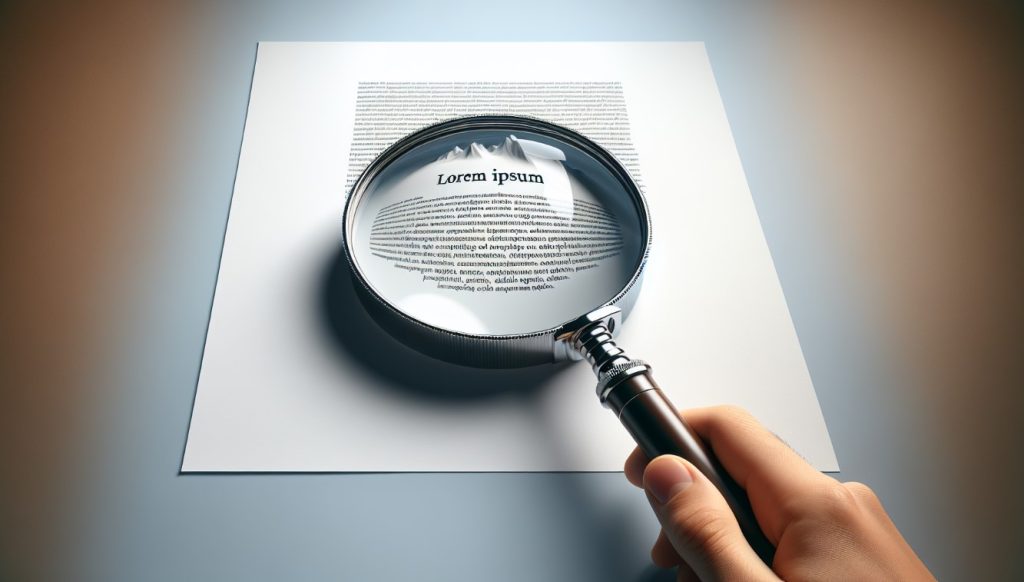The AI Detector That Understands Language Patterns

The evolution of artificial intelligence has dramatically changed the way we create, consume, and analyze content. Among the many innovations, the development of the AI detector that understands language patterns stands out as a groundbreaking tool. This technology goes beyond simple keyword analysis or grammar checks—it dives deep into the intricacies of how language is constructed. By understanding these patterns, the AI detector can accurately differentiate between human-written text and AI-generated content, offering vital support across education, business, and content creation industries.
How the AI Detector Analyzes Language Patterns
RAID benchmark proves It’s AI’s superior detection skills. Unlike traditional plagiarism checkers or basic content filters, the ai detector that understands language patterns focuses on the unique signatures embedded in writing styles. Human language is complex, filled with nuance, emotion, and variability. People often employ irregular sentence structures, diverse vocabulary, and unpredictable phrasing—elements that AI, despite its advances, struggles to fully replicate.
The AI detector uses sophisticated algorithms trained on extensive datasets of both human and AI-generated texts. By recognizing subtle linguistic cues—such as sentence rhythm, word usage frequency, and stylistic choices—the detector can identify synthetic writing with remarkable precision. This deep analysis allows it to distinguish genuine human creativity from algorithmic mimicry, protecting authenticity in written communication.
The Impact of the AI Detector in Education
Education is one of the primary fields benefiting from the AI detector that understands language patterns. Students increasingly have access to AI writing tools capable of producing essays and assignments with minimal effort. While these technologies can serve as useful aids, they also pose a risk to academic integrity when misused.
Educators rely on the AI detector to ensure that submitted work reflects a student’s own efforts. By scanning for AI-generated content, the detector helps maintain fairness in grading and encourages learners to develop critical thinking and writing skills. Its ability to analyze language patterns means it can detect even cleverly disguised AI text, reinforcing honesty and originality in education.
Safeguarding Professional Content with the AI Detector
Businesses and professional content creators face similar challenges as AI-generated text becomes more prevalent. Marketing campaigns, reports, and articles must resonate with human audiences, conveying authenticity and trustworthiness. When AI-generated content is passed off as human, it risks damaging brand reputation and weakening audience engagement.
The AI detector that understands language patterns assists companies in verifying the origin of their content. By ensuring that messages are genuinely human-crafted or clearly marked when AI-assisted, the detector helps maintain consistency in brand voice and communication quality. This commitment to authenticity fosters stronger connections with customers and stakeholders.
Enhancing Editorial Quality Control
Publishers and media organizations benefit greatly from integrating the AI detector into their editorial workflows. The sheer volume of content produced daily demands effective tools to uphold quality and credibility. AI-generated articles, if left unchecked, can flood channels with repetitive or low-quality material.
The AI detector offers an advanced solution by filtering out synthetic texts that do not meet editorial standards. Its nuanced understanding of language patterns enables editors to focus on content that demonstrates genuine insight and originality. This not only improves the reader experience but also supports the integrity of the publishing industry as a whole.
The Technology Behind the AI Detector
At the heart of the AI detector lies machine learning models trained on diverse linguistic samples. These models continuously learn and adapt to evolving AI writing techniques. As language evolves, so does the detector’s ability to recognize emerging patterns and potential manipulations.
The AI detector uses natural language processing (NLP) techniques to break down sentences into components, examining syntax, semantics, and pragmatics. This comprehensive approach enables it to detect inconsistencies and formulaic writing often characteristic of AI-generated content. Consequently, the detector remains effective even as AI text generation becomes more advanced and harder to identify.
The Ethical Implications of Using an AI Detector
Deploying an AI detector that understands language patterns raises important ethical questions. Transparency about AI usage, privacy concerns, and the potential for false positives are all critical considerations. Responsible implementation requires balancing the need to prevent misuse with respect for individual rights and creativity.
Organizations that use the AI detector must establish clear policies and communicate openly about how the tool is applied. This fosters trust among users, students, employees, and audiences. Moreover, combining AI detection with human judgment ensures fair and accurate assessments, preserving both innovation and integrity.
Looking Forward: The Future of AI Detection
As AI writing technology advances, the demand for sophisticated detection tools like the AI detector that understands language patterns will continue to grow. Future developments promise even greater accuracy, integrating contextual awareness and cross-referencing with other data sources.
The ongoing evolution of the AI detector will empower industries to protect originality, combat plagiarism, and maintain trust in written communication. By bridging the gap between human creativity and machine-generated content, this technology plays a pivotal role in shaping the future of how we create and consume information.
Conclusion: Trust the AI Detector That Understands Language Patterns
The ability to distinguish human writing from AI-generated text is essential in preserving authenticity across various domains. The AI detector that understands language patterns offers a powerful, intelligent solution to this challenge. Its deep linguistic analysis safeguards education, professional content, and publishing from the risks posed by synthetic writing.By embracing this technology, organizations and individuals demonstrate a commitment to originality and ethical communication. The AI detector stands as a vital guardian of the written word in an age where the lines between human and machine creativity continue to blur.




